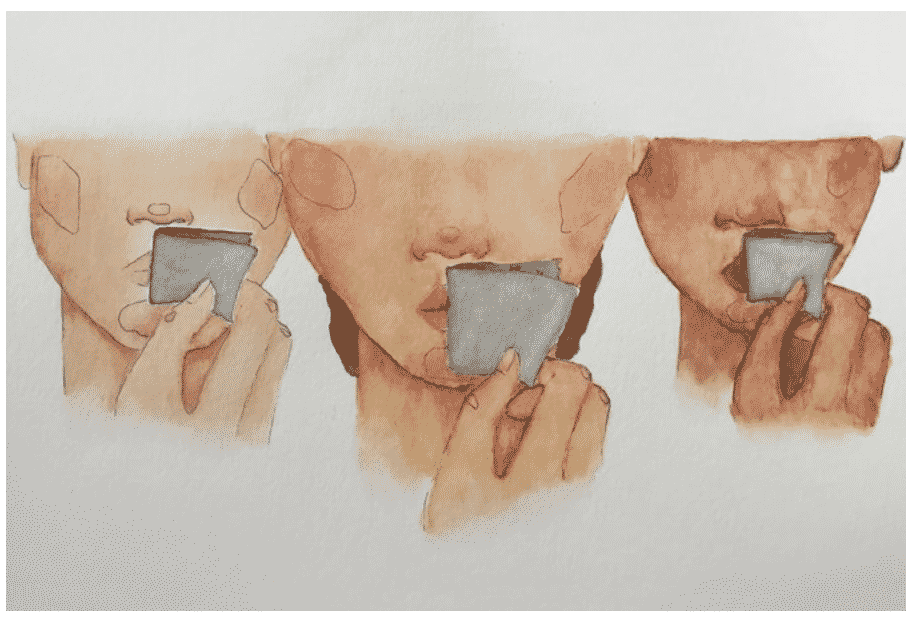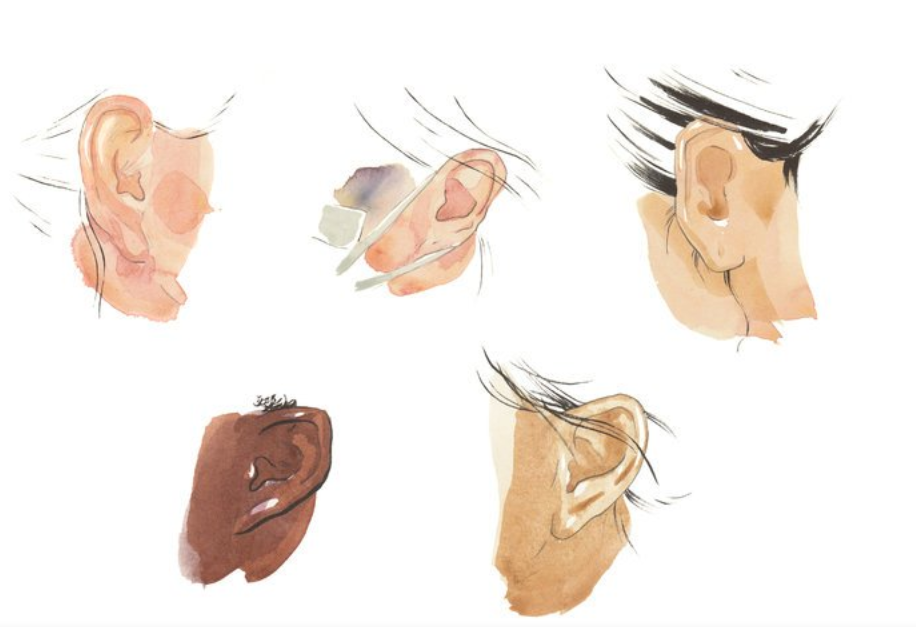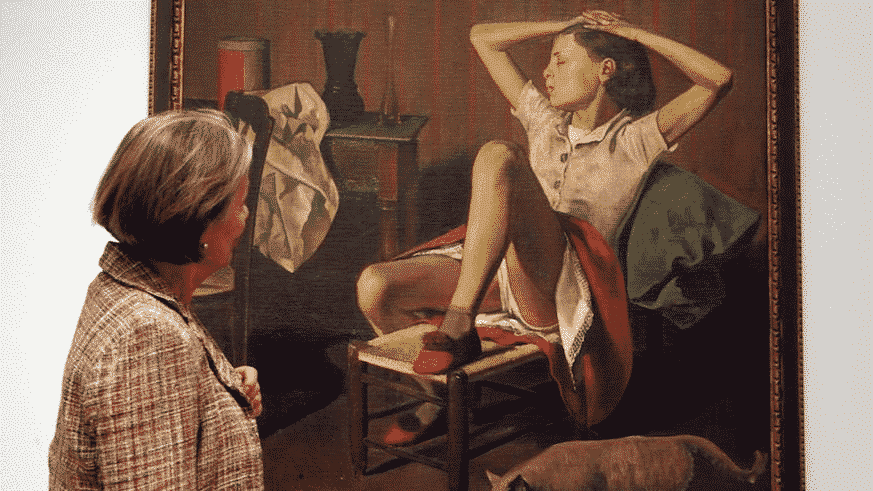It was inevitable. The entertainment business and politics have always found their way into the art realm. So when #MeToo found its way in both, it was only a matter of time before the art world paid attention and started to take action as well.
Although Tarana Burke first used the phrase in 2006 to raise awareness of the ubiquity of sexual assault and abuse in society, it wasn’t until October 2017 that it went viral after actress Alyssa Milano encouraged women to tweet it to “give people a sense of the magnitude of the problem.”
The phrase spread by the millions and in different languages all across the globe. And as it became different things for different people, the campaign was a way to right past wrongs as well as ensure the message didn’t die out once the media frenzy had quieted down.
In the art world, that meant not only creating art to honor the movement but to demand the removal of artwork in galleries that depicted the type of sexual abuse and harassment that justified why the #MeToo movement was needed in the first place.
#MeToo Influencing Artists of Today
Trained in graphic design, multimedia artist Erin Gallagher has been using visualization software to visually map the spread of the viral #MeToo campaign. The result is a stunning image that proves the magnitude of the hashtag’s proliferation in the global Twitter community.
Seventeen-year-old Graciella Delgado from Houston Texas got The New York Time’s attention with her watercolor piece, Peeling Back the Silence. She would describe the piece that portrays three individuals of different ethnic and genders demonstrating “how the victims of sexual assault and harassment vary.” She continues, “The individuals are removing tape from their mouths to signify victims finding the courage to come forward.”

In Berlin, freelance illustrator Olga Prudnikova sketches preserve the privacy of women by only portraying their ears. Olga drew the sketches in a shelter for women and children escaping domestic violence.

#MeToo Movement Felt in Galleries
#MeToo has opened up a controversy in New York’s Metropolitan Museum of Art where a 1938 Balthus painting titled Thérèse Dreaming hangs. The subject is twelve or thirteen-year-old Thérèse Blanchard who is described by the Met as a pubescent model lost in thought.
However, to many, this is not an accurate interpretation of the artwork as the girl is not merely lost in thought but sits back relaxed with her legs up, exposing her underwear. Thousands have already signed the online petition to have the suggestive painting removed.
Mia Merrill who started the online petition Remove Balthus’ Suggestive Painting of a Pubescent Girl, Thérèse Dreaming says, “The Met is romanticising voyeurism and the objectification of children.”
However, many in the art world agree with The Met’s Chief Communications Officer, Ken Wiene when he explained why they will not be removing the painting, telling Newsweek, “Monuments such as this provide an opportunity for conversation, and visual art is one of the most significant means we have for reflecting on both the past and the present and encouraging the continuing evolution of existing culture through informed discuss and respect for creative expression.”

Cultural Reckoning on Objectification of Female Vulnerability
Many clearly see eroticism in Balthus’s work that often features pubescent girls in suggestive poses. The Met has always been aware that people might find Balthus’s work disturbing and creepy. In fact, there is a plaque at the start of his show that reads: “Some of the paintings in this exhibition may be disturbing to some visitors.”
However, Balthus who has admitted to being fascinated by girls who have just hit puberty denied any hint of pedophilia in his work. And because he died some 17 years ago, he’s not here to defend his work at the height of the #MeToo movement, nor are many other artists whose artwork have accused of the over-sexualization and objectification of young women.
Balthus’s work is certainly not the first to be accused of such. With the #MeToo movement paving the way for the #TimesUp era, will we see more petitions to remove artworks that overtly sexualize women?
How do you feel about another painting of Balthus’s 1936 Andre Derain, a portrait of French artist with a young girl (a collection of the MoMA), Degas’ 1868-1869 Interior, aka “The Rape” (a collection of the Philadelphia Museum of Art), and going back to the time of Titian’s 1538 Venus of Urbino (a collection of the Uffizi Gallery) and Gustave Courbet’s 1866 L’Origine du monde (a collection of the Musée d’Orsay) being taken down and denied public viewing that appear to objectify women?



![[Left] Kusama with her piece Dots Obsession, 2012, via AWARE, [Right] Yayoi Kusama (Courtesy Whitney Museum of American Art) | Source: thecollector.com](https://www.artdex.com/wp-content/uploads/2024/04/Left-Kusama-with-her-piece-Dots-Obsession-2012-via-AWARE-Right-Yayoi-Kusama-Courtesy-Whitney-Museum-of-American-Art-Source-thecollector.com--300x172.png)



